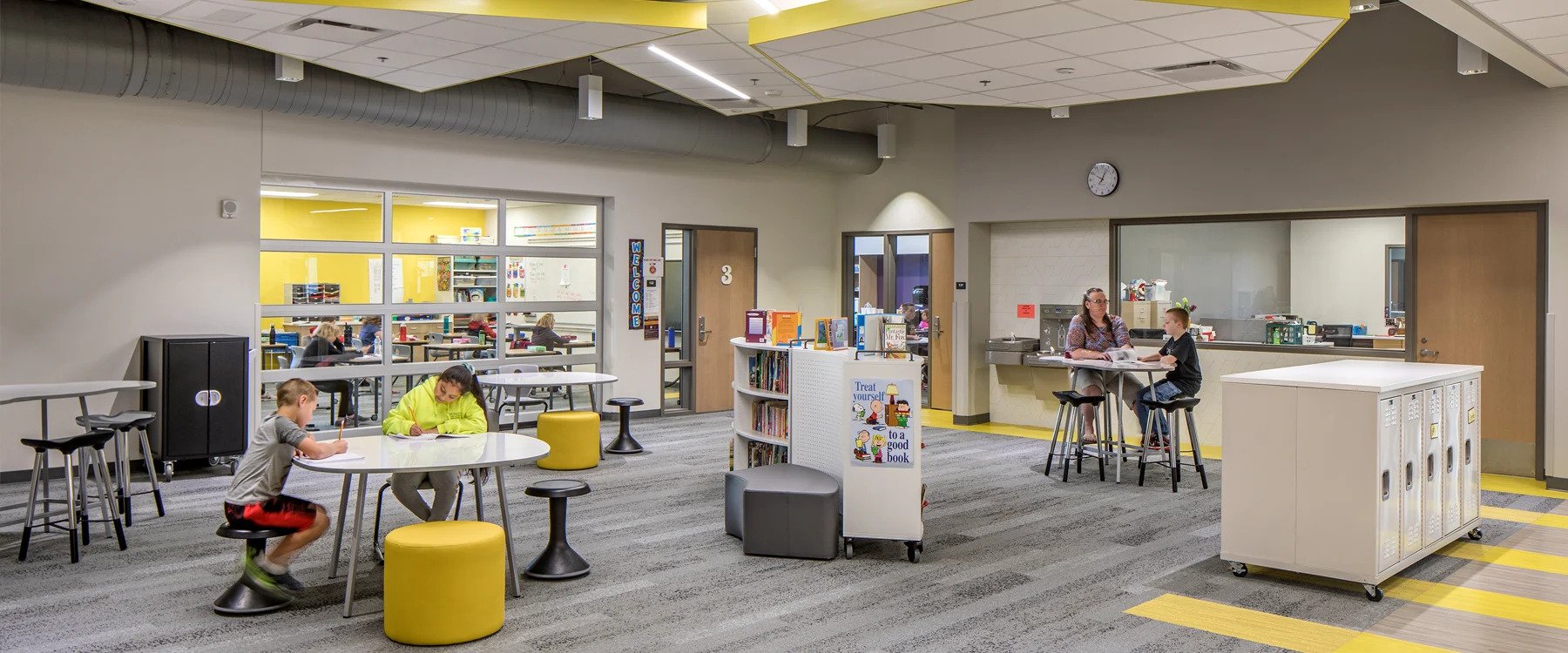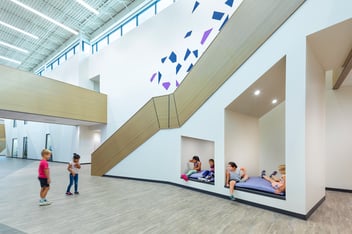
How do you feel when you walk into a classroom and everything looks the same? Or perhaps a better questions is, how do you think it makes students feel? When all of the furniture – the desks, tables and chairs — look identical. It doesn’t matter where you sit: every seat is exactly the same! Does it inspire you to learn, or make you want to fall asleep? Learning environments matter, and this becomes more apparent when you're forced to use a bad one. Learning must be engaging to be effective. And that goes for the environment as well! This means utilizing a variety of seating types. Arranging tables in groups of three or four, while also including soft seating options for those who prefer them. Sure, you may still want the traditional plastic chairs, but why not also have some stools that swivel or rock?
A Constant Evolution
Teaching and learning seem to constantly be undergoing significant transformations, yet the design of classrooms is not so quick to change. And while there are many aspects to consider when designing a highly functional, modern K12 facility, we think there's one stand out concept that schools should be employing in their designs: more choice.
Why "Choice"?
Giving students more choice is an instant recipe for higher engagement. Students become more invested in their own education once they’re allowed some choices on their own. In the words of Dan Pink, best-selling author of
Drive, autonomy is a main driver of human motivation: “Control leads to compliance; autonomy leads to engagement.” But choice does more than increase engagement, it also increases inclusivity as well. Something as simple as having multiple seating styles to choose from can accommodate different learning needs and preferences — and it helps students feel more welcome. For example, students who experience anxiety or sensory disorders can be often become overly sensitive to certain types of fabrics or materials; offering a variety of options for where to sit and work lets them choose where they’ll be most comfortable.
How Can School Improve?
Put simply: optimize for choice. It will advance social and emotional learning. Giving your students more options in seating and learning materials will promote responsible decision-making and build confidence and trust! When students have the freedom to make learning decisions for themselves, they feel more in charge of their own academic development. Designing more dynamic schools gives students a sense of ownership with their education. Choice and student agency put students at the center of the learning process, sending a clear signal that they’re empowered to take ownership of their education. Instead of waiting for the teacher to supply them with answers, students are encouraged to think, investigate and learn for themselves.



